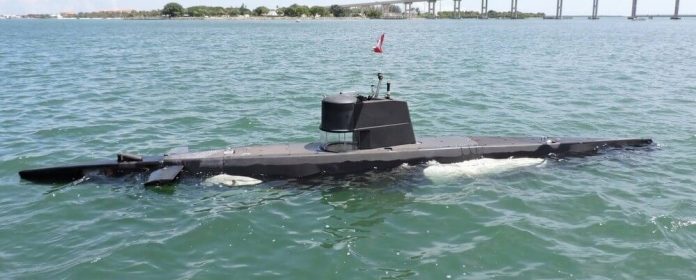[The following is a transcript from a talk I gave at the 2019 Minerals, Materials, and Society Symposium at the University of Delaware in August, 2019. It has been lightly edited for clarity.]

Good afternoon and thank you all for coming. I want to change tracks for a bit and scan the horizon to think about what the future of exploration and monitoring in the high seas might look like because ocean and conservation technology is in the midst of an evolutionary shift in who has access to the tools necessary to observe the deep ocean.

This is the Area. Areas Beyond National Jurisdiction, International Waters, the High Seas, the Outlaw Ocean. It’s the portion of the ocean that falls outside of national EEZs and is held in trust by the UN under the Convention on the Law of the Sea as the Common Heritage of Humankind. It covers 64% of the ocean and nearly half of the total surface of the Earth. It’s also the region in which most major deep-sea mining ventures intend to operate.
